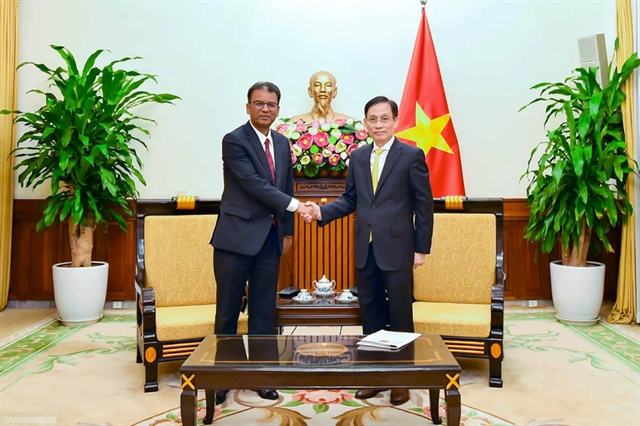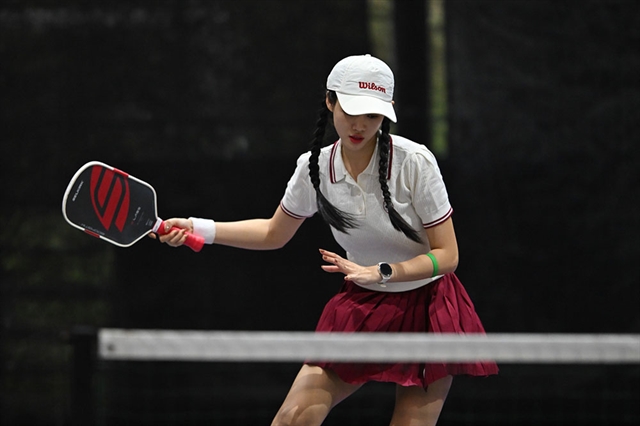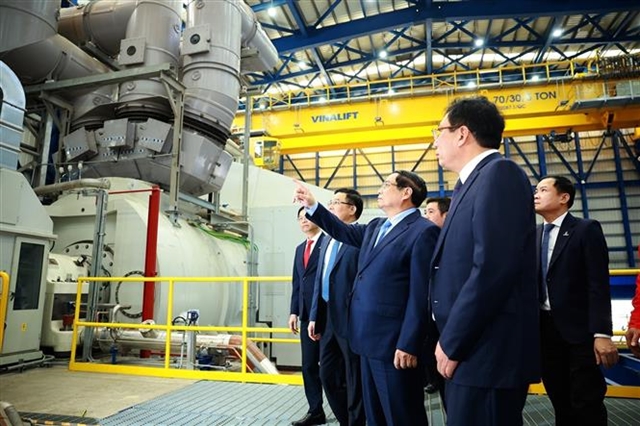
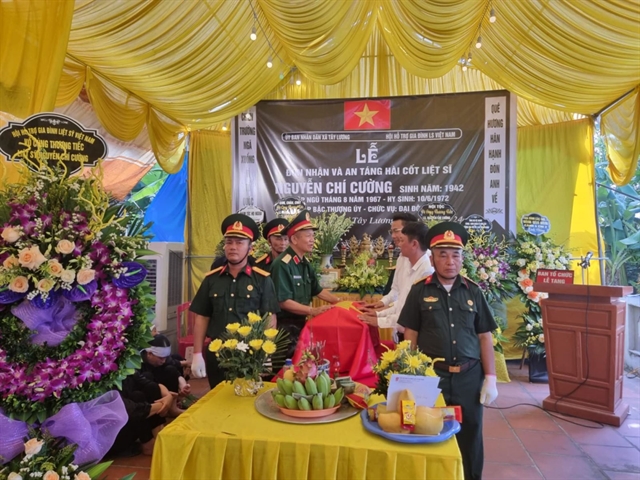 |
| HANDOVER: Lieutenant General Hoàng Khánh Hưng (2nd left), chairman of the Việt Nam War Martyrs' Family Support Association, hands over the remains of a fallen soldier to his family after DNA identification. VNA/VNS Photo |
Genetic testing (DNA) is one of the key solutions for accurately identifying the remains of war martyrs, helping to mitigate the practice of locating their graves through psychic methods. Lt Gen Hoàng Khánh Hưng, chairman of the Việt Nam War Martyrs' Family Support Association, spoke with Tin Tức newspaper regarding this issue.
Could you say about the current status of genetic testing to identify unknown fallen soldiers?
According to the Ministry of National Defence and the Ministry of Labour, Invalids (MoLISA), and Social Affairs, nearly 180,000 fallen servicemen are still unaccounted for, and about 300,000 sets of remains were interred in cemeteries but remain unidentified, marked as unknown soldiers.
The search for fallen servicemen's remains is becoming increasingly difficult due to the changing terrain and environment of former battlefields. Those involved in these searches are ageing, and their health declining. Harsh weather conditions in many localities have eroded the remains over time. Many servicemen died young and did not have children.
This reality underscores the necessity of DNA testing to identify the remains of fallen soldiers. The current cost of DNA testing for each sample is VNĐ5 million [US$200]. To identify an unknown soldier, it is necessary to also test a family member, requiring at least one additional sample. Therefore, to identify the remains of an unknown soldier, two samples are needed, with a total cost of about VNĐ10 million.
The Việt Nam War Martyrs' Family Support Association is willing to cover the cost of DNA testing, but exhuming graves of unknown soldiers for testing requires the consent of the Department of People with Merits, under MoLISA.
Only when the department agrees, can local branches and family members proceed with the exhumation. Often, even if MoLISA and local departments agree, cemetery caretakers may refuse due to local customs and traditions. For example, in Triệu Hải Commune, Triệu Phong District, Quảng Trị Province, where there are over 90 unnamed graves, the association had to wait for the local authorities to upgrade the cemetery before bone samples could be taken for DNA testings.
Despite the difficulties, the association is determined to continue its efforts, finding ways to test approximately 100 sets of unnamed soldiers' remains each year. Even identifying 10 sets correctly is considered a significant achievement. The association hopes that the entire society will join hands to address this issue.
In addition to accessing records, the association recently had a meeting with the American Veterans Association to share information. How is this progressing?
The Việt Nam War Martyrs' Family Support Association was established in September 2010, and began working with American veterans in 2011. However, the most productive collaborations have been since 2021.
In addition to the American Peace Institute, the Việt Nam War Martyrs' Family Support Association also collaborates with Harvard University and clubs searching for missing Americans in Việt Nam. American veterans and the American Peace Institute arrived Hà Nội on June 19 to visit Việt Nam, returning to former battlefields and meeting with the association.
During these meetings, American veterans provided valuable information to the association, including records from Tây Ninh, Đồng Nai, Bình Phước, and Bình Dương, identifying 20 mass grave sites in Việt Nam. Proper surveys and excavations of these 20 sites could potentially uncover about 3,000 Vietnamese soldiers' remains.
These mass graves are typically seven metres long, three metres wide, and about three metres deep. Therefore, machinery cannot be used; instead, ultrasound machines must be employed to locate and dig deep, as was the case in Hoài Nhơn District, Bình Định Province, where digging three metres deep revealed 62 sets of remains.
Most recently, based on information from American veterans, the association dispatched a search team to Tiền Giang Province to verify 97 graves. It is hoped that more servicemen graves can be found in the future, even if they are unidentified, to lay the war martyrs to rest in peace in cemeteries.
Recently, the association has collaborated with the railway service to transport war martyrs' remains to their hometowns. How is this going?
The support from the Ministry of Transport and the railway sector has been quite effective. Each time a martyr's remains are transported, two family members accompany them, which would be quite costly if done independently.
The railway sector arranges a respectful place for the remains on the train, which the association greatly appreciates. It is hoped that this year, more war martyrs' remains will be repatriated home, with families receiving support for one free journey; simultaneously, ensuring the safe transport of the remains. VNS
Gene Bank for martyrsOn July 23, the Ministry of Labour, Invalids, and Social Affairs (MoLISA) launched a gene bank for war martyrs after extensive efforts to collect samples of remains of unknown soldiers. Specifically, the ministry honoured thousands of war invalids and those who have contributed to the nation, alongside requesting over 600,000 samples to build a gene bank for identifying unnamed servicemen.At the launch ceremony, MoLISA Minister Đào Ngọc Dung said that although the war was ended and the country was now independent and reunified, much pain remained.“Nearly 180,000 fallen soldiers have yet to be accounted for, and almost 300,000 others remain unidentified. Tears still roll down the cheeks of mothers; the longing, wistful eyes of families who do not know the burial place of their children, siblings, spouses, and parents remain unanswered. 'Where are they?' is the heart-wrenching question,” Dung said."This is a deeply meaningful and sacred task. We must act as swiftly as possible because time is not on our side. However, it is a heavy and arduous duty, driven by our hearts on the journey to return names to our heroic war martyrs. The integration of the National Population Database and DNA technology will bring hope of reunion to many families, partially soothing the losses and sacrifices of relatives." Project 150, approved by the Government in 2013, primarily uses DNA testing and practical verification methods. Nearly 10,000 fallen soldiers' remains and over 3,000 biological samples from their relatives have been tested. As a result, more than 1,000 fallen soldiers' identities have been matched and reported to their families.Dung said that from now until the end of 2026, all war martyrs' cemeteries and graves without information would be searched. New equipment would be imported, or collaborations would be made with the United States and the Netherlands for DNA identification. Recently, 50 unsuccessful samples were sent to the Netherlands for analysis, and 38 samples were successfully identified.Dung said he believed that the launch of this special gene bank would facilitate the identification and naming of hundreds of thousands of unnamed soldiers, alleviating the anguish for their families."Building the gene bank for unknown soldiers and their relatives not only offers hope to over 300,000 families of those who contributed to the nation but also meets the expectations that, in the near future, all unnamed soldiers who sacrificed for the nation's cause will be gathered and identified," he said.Regarding the technical work of identifying fallen soldiers, the Government has assigned the Ministry of National Defence to guide the process and conditions for accessing the unidentified soldiers' remains for DNA testing.MoLISA and the Ministry of Finance are tasked with completing technical standards and cost norms for the search, recovery and DNA testing of unidentified fallen soldiers' remains and their relatives. The Vietnam Academy of Science and Technology, including the DNA Testing Centre, is responsible for completing the investment project to enhance capacity and apply new DNA testing methods using ODA funds.Speaking on the technical issues, Đào Ngọc Lợi, director of the Department of People with Merits, MoLISA, noted that most war martyrs' remains had been buried for over 50 years and had been relocated several times. As a result, many remains could not be sampled for analysis, or the extracted DNA quality was insufficient for comparison with relatives.Previously, units used mitochondrial DNA testing for martyrs' remains, according to Lợi. However, with increasingly challenging sample quality, scientists will continue to research the application of mitochondrial DNA testing in routine procedures.Additionally, many relatives of martyrs are elderly, and some families no longer have living maternal-line members for sampling. Some DNA testing facilities have been upgraded, but the equipment is outdated, and there is a shortage of forensic scientists, affecting the efficiency of DNA testing.The global trend, with modern technological advances, involves using next-generation sequencing machines combined with microbiological analysis to test DNA from bone samples. The technology analyses nuclear genes from bones to identify the genetic origin.The application of new DNA extraction technology from ancient bones, in collaboration with the Institute of Archaeology, aims to identify genetic origins from bone samples dating back hundreds to thousands of years. This forms the basis for further developing the testing of ancient bone DNA from fallen soldiers buried for 40–80 years. VNS
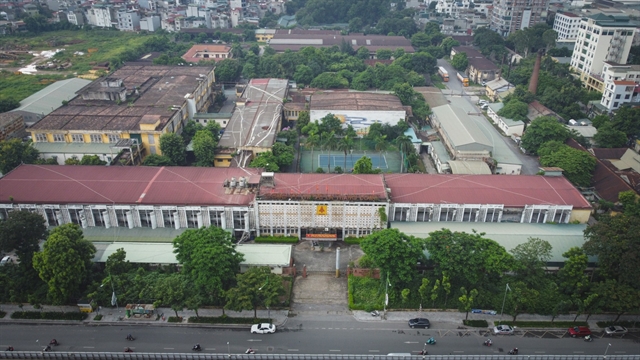


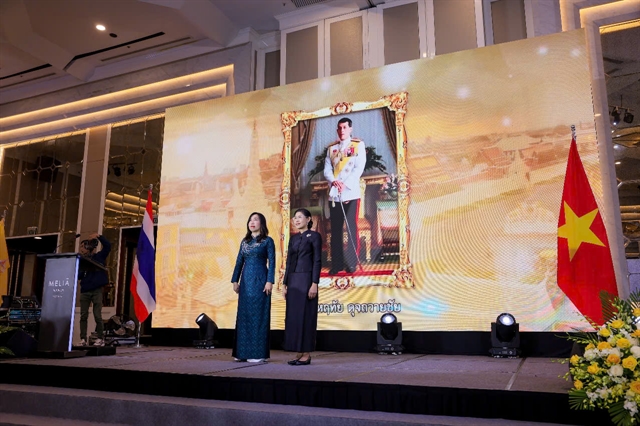
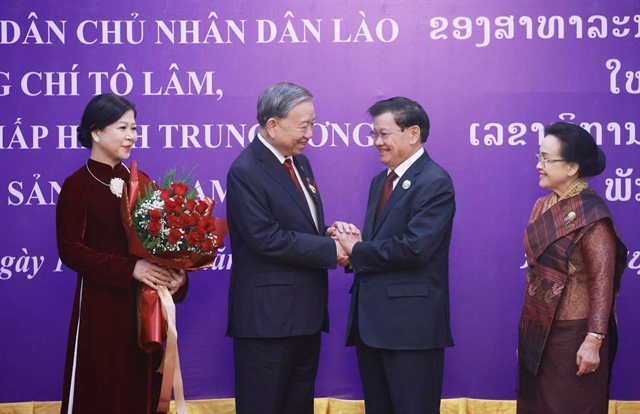
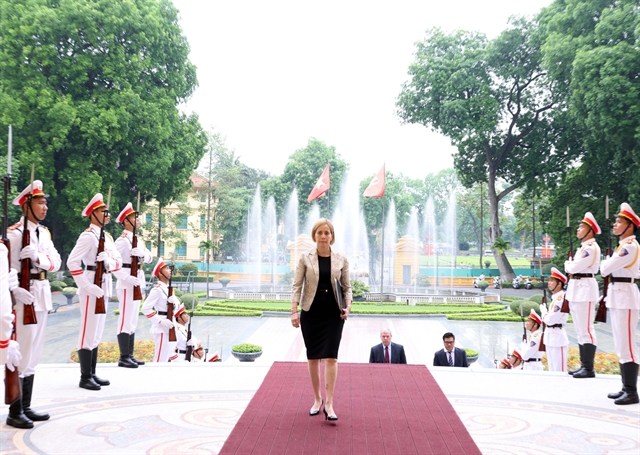
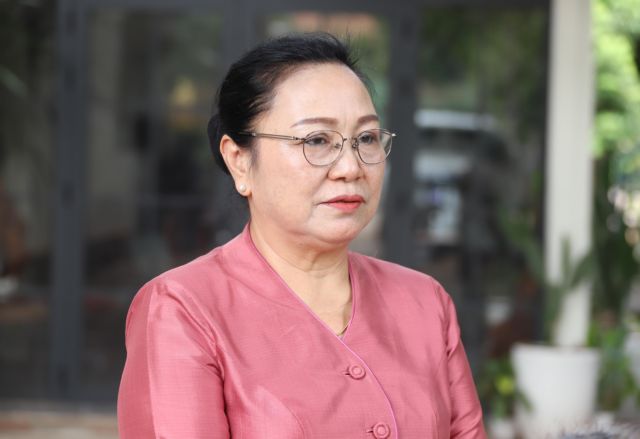
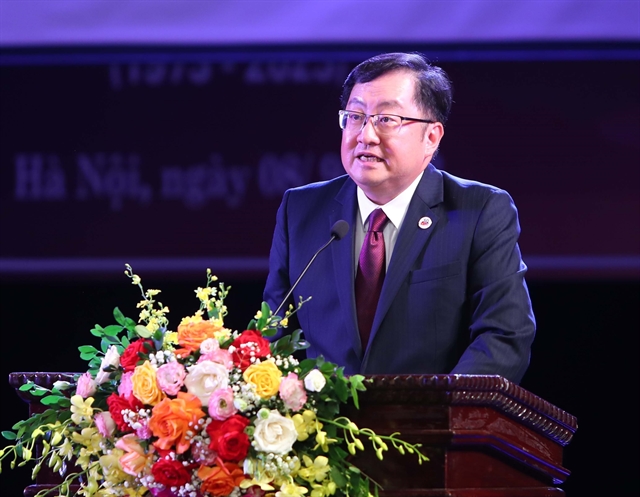
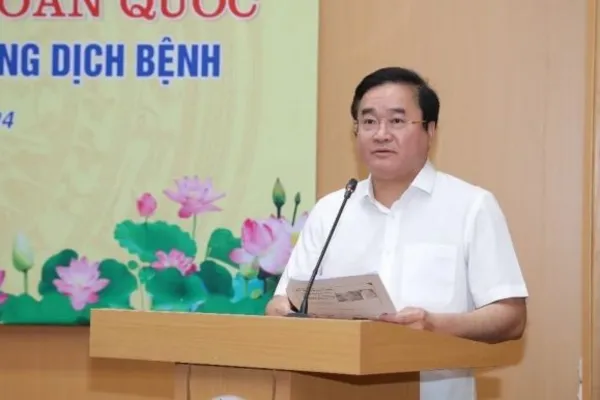
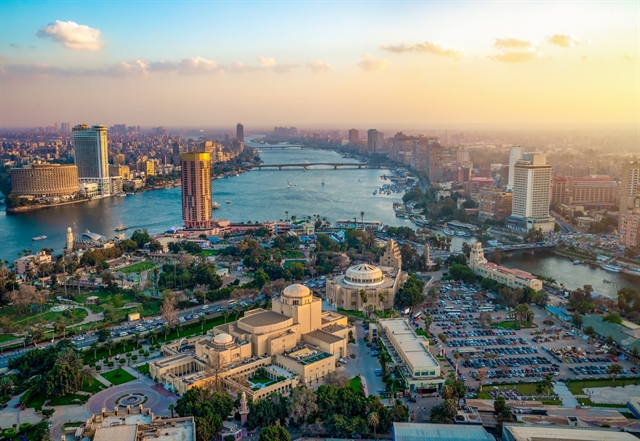
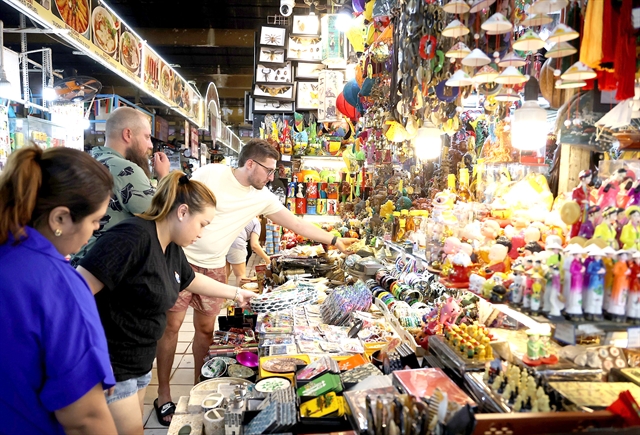
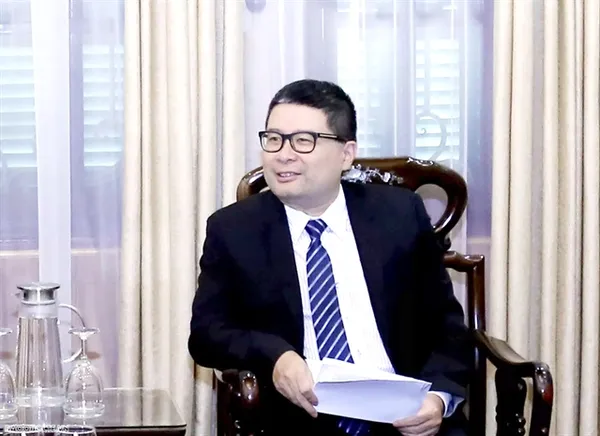
.jpg)



